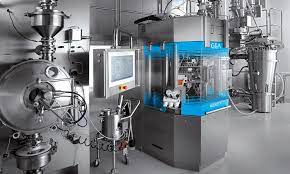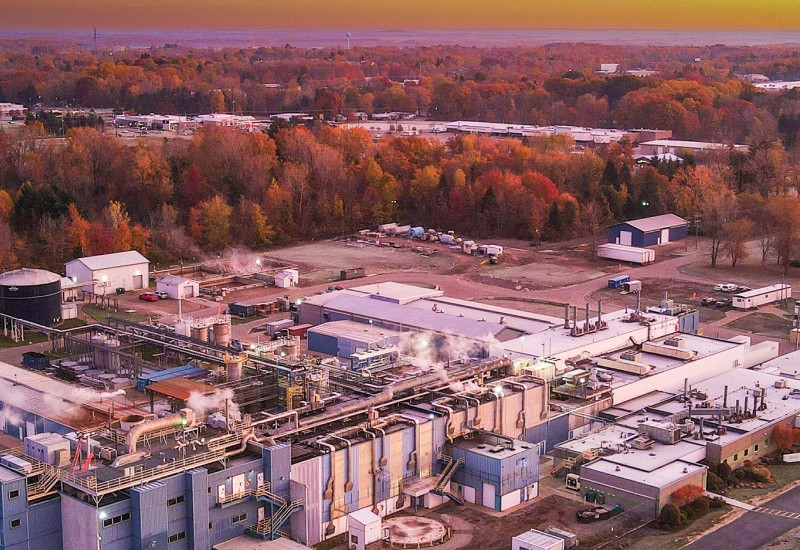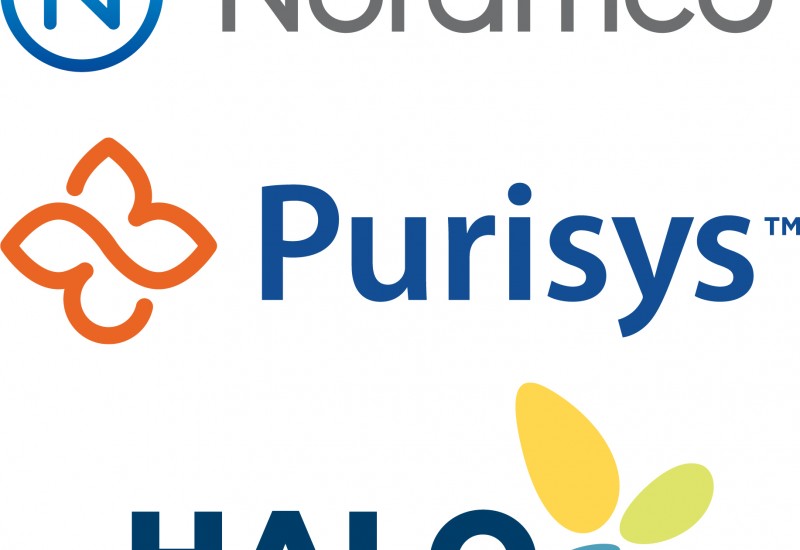Feature article - CPHI Expert: Continuous manufacturing: A game changer for pharma worldwide
Ahead of his session at CPHI Barcelona, Lawrence De Belder, continuous manufacturing practice head at Pharmatech Associates, answers some questions on the transformative impact of CM on the pharmaceutical industry
Why does batch processes have quality traps? Why will CM be the next generation on quality?
Quality traps exist because with batch processing, you check the quality after you have finished a batch. Imagine that you have made several batches and, only after they are all done, you realise some of them don't meet the required specifications. That is a problem, because you have to toss out entire batches.
In continuous manufacturing (CM), it is a whole different ball game. You can identify or even predict issues with product quality while the process is ongoing. If there is a problem, you can fix it in real time, and you won't end up throwing away whole batches. With CM, it is not about checking quality after the fact; it is about designing quality into the process from the get-go.
In batch processes, there is also this assumption that raw materials and APIs stay the same throughout production. But what if there are tiny, unnoticed variations in your materials that can affect the final product's quality? Batch processes may miss these issues, but CM keeps an eye on everything, constantly measuring and adjusting.
Also, think about sampling. In batch processes, you take a small amount of samples during a run for quality assurance. But is that really enough to represent the entire batch? Maybe not. Some problems might slip through unnoticed and that can lead to recalls, which are a big deal. With CM, you sample at a much higher frequency, reducing the chances of missing issues.
When you switch from batch to CM, there may of course be some teething problems with scaling and redevelopment. However, once those are sorted out, you are in a much better position to control quality. Human errors are more common in batch processes because there is more room for mistakes. In CM, it is streamlined, automated and optimised, reducing the chances of errors.
Lastly, investigations can be really tough in batch processes, because there is limited data. In CM, you have large amounts of high-resolution data, making solving problems a whole lot easier. So, it is about better quality control, fewer recalls and more efficient operations. That is the deal with batch processes and why CM is becoming the next big thing.
Can you make the business case for each type of company for the adoption of CM, i.e., biotechs, generic manufacturers and Big Pharma?
Absolutely. Generic companies are all about cost-efficiency and predictability. They already know their product and its potential for success. That sets them apart in terms of their business strategy. Here is where CM comes into play. It helps them maintain their competitive edge. When patents expire, there is a rush to grab the market share for generic versions of a drug. Being ahead in the CM game is a massive advantage.
Early adopters of CM can dominate the market once the original drug goes off-patent. That is a compelling incentive for generics companies. Moreover, generic products regularly grapple with quality issues, like variations in particle size distribution or challenges in converting products efficiently. CM can be their problem-solver. It lets them focus on improving these aspects of quality, making their products more competitive.
Smaller innovator companies usually have just one or two key products, and they are all in on those. CM offers them a way to gain a deep understanding of their production processes. This understanding is gold when it comes to increasing the chances of their products making it to the commercial manufacturing stage. Speed is the name of the game, and CM can significantly shorten development timelines. Faster development means earlier regulatory approvals, which means a shorter time to market. And that translates to potentially more sales when their products hit the market.
Lastly, for the large innovator pharmaceutical companies with a broad range of products, CM streamlines tech transfers. You can have the same equipment for R&D and commercial manufacturing, so transferring technology is a piece of cake. It is quick, easy and cost-effective.
Speed to market is a big deal for them too, but the third and crucial benefit for innovators is reputation. With CM, they have better control over product quality. That means fewer problems like recalls, out-of-stock situations, or loss batches. On top of this, with CM there is less waste, and less water and energy consumption resulting in a lower CO2 footprint. Their reputation in the market shines even brighter.
So, it is about staying competitive, improving quality, speeding up the process, and maintaining a stellar reputation. These are the compelling reasons why different types of companies are making the shift to CM. It is the future of pharmaceutical production.
Can you provide a business case for the adoption of CM in China and India as it may have been perceived as more of a Western phenomenon?
There is a perception that CM is a Western thing, but since the end of 2022, the Chinese government has given a clear message to their industry. At the start of that year, they said that they will support Chinese companies in adopting CM.
That is a massive green light - and when the government says it, the industry listens. Interest in CM is picking up speed. WuXi STA, a significant CDMO in China, is already equipped and ready for it. They are not just sitting around; they are actively looking to implement CM, especially in the production of oral solid dosage forms.
In India, CM has been on the radar for a while, particularly in the API space. But now, it is shifting. They are slowly moving towards using CM for drug product manufacturing as well. It is like a turning point. And it is not just an Asian thing; this wave of CM adoption is happening globally. CM is becoming the new norm, and China is right in the thick of it.





















